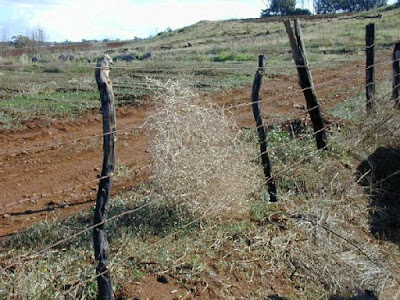The first use of barcodes was to label railroad carriages traveling across the United States in the 1960s. A colored barcode was attached to steel plates on the side of train cars and scanned as they entered and exited railroad facilities.
 |
| Norman Joseph Woodland at IBM |
In 1973 IBM offered its UPC bar code proposal to the grocery industry for free. The industry accepted a very close standard to their proposal. However, IBM also made the first technology capable of reading the bar codes, and made tons of money selling the equipment to grocery stores.
The first product to have a UPC barcode on its packaging was Wrigley's chewing gum in 1974.
The first place where a barcode was scanned was when a packet of Wrigley’s chewing gum was sold in June 1974 in Troy, Ohio.
The first product to be scanned in the United Kingdom was a box of Melrose 100 Century teabags in 1978.
Barcode readers actually scan the white parts and not the black parts.
It costs about a tenth of a penny or one cent to slap on a barcode.
The world’s smallest ever scannable barcode was invented by Dr Stephen Buchmann and was used to monitor bees and their mating habits. Each separate line of the code was one thousandth of an inch (0.0254 mms) in width.
The bar codes of all newspapers and magazines anywhere in the world begin with the digits 977.
According to the barcode monitoring center, at least five billion barcodes are scanned each day.
Sources Risingsunoverport, The Independent November 3, 2007















.jpg)







